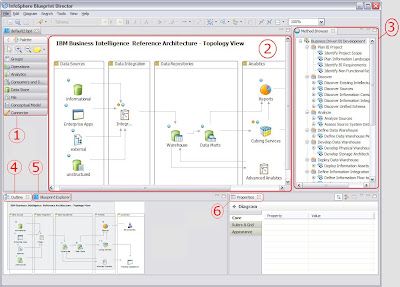Sequential file organizationThe chronological order in which records are entered when a file is created establishes the arrangement of the records. Each record except the first has a unique predecessor record, and each record except the last has a unique successor record. Once established, these relationships do not change.
The access (record transmission) mode allowed for sequential files is sequential only.
Line-sequential file organizationLine-sequential files are sequential files that reside on the hierarchical file system (HFS) and that contain only characters as data. Each record ends with a new-line character. The only access (record transmission) mode allowed for line-sequential files is sequential.
Indexed file organizationEach record in the file contains a special field whose contents form the record key. The position of the key is the same in each record. The index component of the file establishes the logical arrangement of the file, an ordering by record key. The actual physical arrangement of the records in the file is not significant to your COBOL program. An indexed file can also use alternate indexes in addition to the record key. These keys let you access the file using a different logical ordering of the records. The access (record transmission) modes allowed for indexed files are sequential, random, or dynamic. When you read or write indexed files sequentially, the sequence is that of the key values.
Relative file organizationRecords in the file are identified by their location relative to the beginning of the file. The first record in the file has a relative record number of 1, the tenth record has a relative record number of 10, and so on. The access (record transmission) modes allowed for relative files are sequential, random, or dynamic. When relative files are read or written sequentially, the sequence is that of the relative record number.
Sequential-only devicesTerminals, printers, card readers, and punches are called unit-record devices because they process one line at a time. Therefore, you must also process records one at a time sequentially in your program when it reads from or writes to unit-record devices. On tape, records are ordered sequentially, so your program must process them sequentially. Use QSAM physical sequential files when processing tape files. The records on tape can be fixed length or variable length. The rate of data transfer is faster than it is for cards.
Direct-access storage devicesDirect-access storage devices hold many records. The record arrangement of files stored on these devices determines the ways that your program can process the data. When using direct-access devices, you have greater flexibility within your program, because your can use several types of file organization:
# Sequential (VSAM or QSAM)
# Line sequential (UNIX)
# Indexed (VSAM)
# Relative (VSAM)
Choosing file organization and access mode
# If an application accesses records (whether fixed-length or variable-length) only sequentially and does not insert records between existing records, a QSAM or VSAM sequential file is the simplest type.
# If you are developing an application for UNIX that sequentially accesses records that contain only printable characters and certain control characters, line-sequential files work best.
# If an application requires both sequential and random access (whether records are fixed length or variable length), a VSAM indexed file is the most flexible type.
# If an application inserts and deletes records randomly, a relative file works well. Consider the following guidelines when choosing access mode:
# If a large percentage of a file is referenced or updated in an application, sequential access is faster than random or dynamic access.
# If a small percentage of records is processed during each run of an application, use random or dynamic access.
Note: courtesy of IBM



















